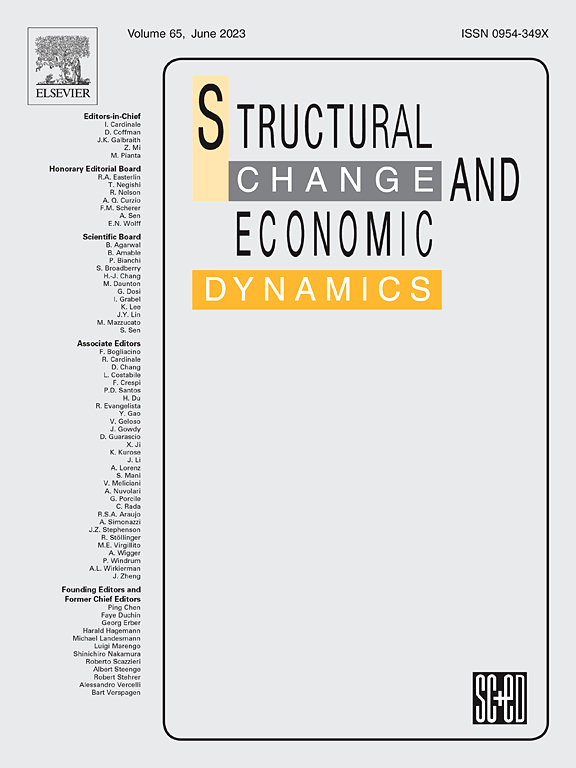产业集聚的环境后果:来自中国城市一级数据的新证据
IF 5
2区 经济学
Q1 ECONOMICS
引用次数: 0
摘要
在可持续发展的背景下,环境政策越来越重视在全球范围内减少碳排放。工业集聚(IAGG)已成为通过减少碳排放和改善空气质量来实现这一目标的潜在因素。本研究探讨了产业集聚对空气污染水平的直接和间接影响、空间动态和政策影响。研究利用 2011 年至 2020 年中国 278 个城市的面板数据,探讨了产业集聚在减少空气污染方面的潜力。研究采用了多元回归模型,这些模型探讨了产业集聚对空气污染产生积极影响的机制,强调经济增长、普惠金融、数字经济和技术创新是关键因素。研究还探讨了产业集聚的空间溢出效应,发现相邻城市的集聚率和专业化程度对当地的空气污染水平有显著的促进作用。而且,这种影响随着距离的增加而逐渐增大。研究调查了环境污染和工业集聚相关政策对 PM2.5 浓度的溢出效应,得出的结论是这种溢出效应会导致邻近地区 PM2.5 浓度下降。本文章由计算机程序翻译,如有差异,请以英文原文为准。
The environmental consequences of industrial agglomeration: New evidence from city-level data in China
In the context of sustainable development, environmental policies increasingly focus on reducing carbon emissions worldwide. Industrial agglomeration (IAGG) has emerged as a potential factor in achieving this objective by reducing carbon emissions and improving air quality. This study examines the direct and indirect impacts, spatial dynamics, and policy impacts of industrial agglomeration on air pollution levels. Panel data from 278 cities in China between 2011 and 2020 are utilized to investigate the potential of industrial agglomeration to reduce air pollution. Multiple regression models are employed, these models explore the mechanisms through which industrial agglomeration can have a positive effect on air pollution, highlighting economic growth, inclusive finance, digital economy and technological innovation as crucial factors. The study also investigates the spatial spillover effects of industrial agglomeration, finding that the concentration ratio and specialization of neighbouring cities significantly contribute to local air pollution levels. Furthermore, this contribution increases progressively with distance. The study investigates the spillover effects of environmental pollution and industrial agglomeration-related policies on PM2.5 concentration, concluding that such spillover effects lead to a decrease in PM2.5 concentration in neighbouring locations.
求助全文
通过发布文献求助,成功后即可免费获取论文全文。
去求助
来源期刊

Structural Change and Economic Dynamics
ECONOMICS-
CiteScore
9.60
自引率
4.90%
发文量
159
期刊介绍:
Structural Change and Economic Dynamics publishes articles about theoretical, applied and methodological aspects of structural change in economic systems. The journal publishes work analysing dynamics and structural breaks in economic, technological, behavioural and institutional patterns.
 求助内容:
求助内容: 应助结果提醒方式:
应助结果提醒方式:


